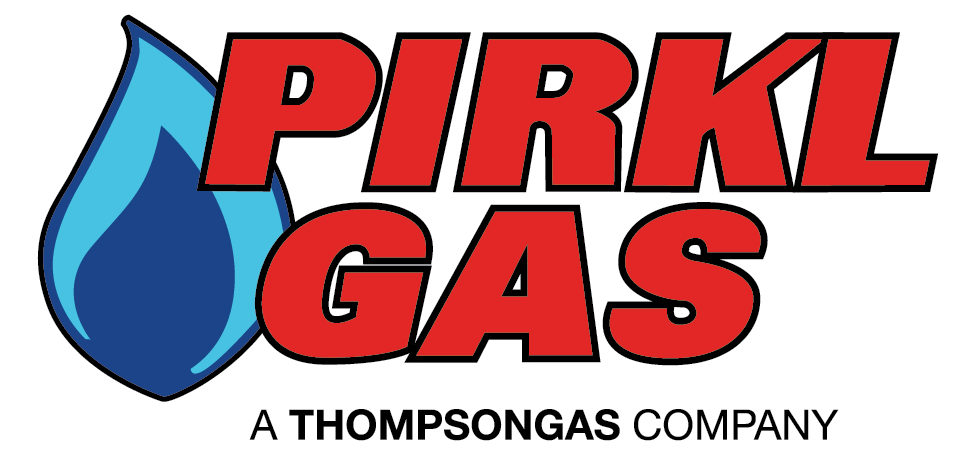Propane appliances are typically very safe to use. But a malfunctioning appliance can create carbon monoxide gas, which can be deadly. Carbon monoxide is produced when propane fails to burn completely. Carbon monoxide, or CO, is a colorless, odorless gas.
An awareness of what produces carbon monoxide can help protect you and your family. Be sure your propane appliances are inspected regularly by a licensed contractor to ensure they are functioning properly, and repair any malfunctioning appliances immediately.
Symptoms of carbon monoxide poisoning include dizziness, headaches, queasy stomach and drowsiness. Continued exposure can cause death. If you use propane in your home or business, review these safety tips:
The flame in the propane appliance generally should be blue, possibly with flecks of orange. If the flame is mostly yellow, that indicates that the propane is not completely burning and is giving off carbon monoxide.
Never store items in, on or around a propane appliance that might obstruct air flow.
Forced-air furnaces generally have a filter that cleans the air before heating and circulating it throughout the home. Check the filter regularly and clean or replace when necessary. Most replacement filters are inexpensive.When installing a new or cleaned filter, be sure to properly re-install the front panel door of the furnace so it fits snugly. Never operate the furnace without the front panel door properly in place, as dangerous gases may escape.
Make sure your furnace and water heater is inspected annually by a professional heating contractor. This is the first line of defense in CO prevention. Also, be sure to clean or replace your furnace filter throughout the heating season, and check your chimney or dryer vent for blockages.
Check for signs of improper venting, such as soot around the appliance or moisture on the inside of windows when the appliance is operating.
Vacuum regularly around the furnace, especially around the burner compartment, to prevent a buildup of dust and lint.
Be safe:
- Install a battery-powered carbon monoxide detector.
- Use only space heaters approved by local fire codes and installed according to the manufacturer’s instructions. If you’re using a vent-free heater, always crack a window or exterior door for ventilation. Never use a portable barbecue or hibachi as a home heater. They produce carbon monoxide, are not properly insulated and can easily overturn. Also, don’t use a gas range, oven or clothes dryer for heating.
- Keep all vents and chimneys clear of debris and other blockages.
- Don’t line oven or range burners with foil.
- Check fireplaces for closed or blocked flues.
- Get your chimney inspected, swept and cleaned as needed.
- Make sure your exterior dryer vent is free of lint.
- Do not leave a car running in a garage, even if the garage door is open.
- Never use a propane or kerosene heater indoors without proper ventilation.
- Periodically check range pilots for carbon build-up.
